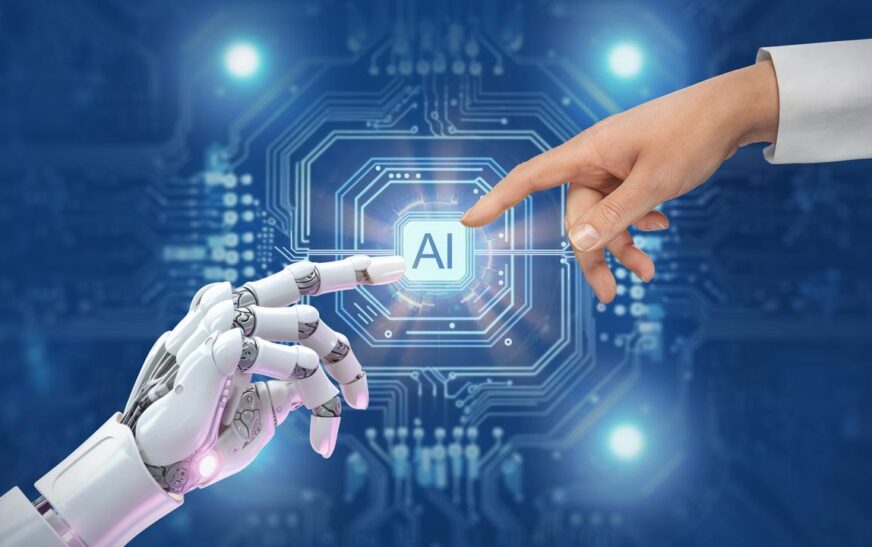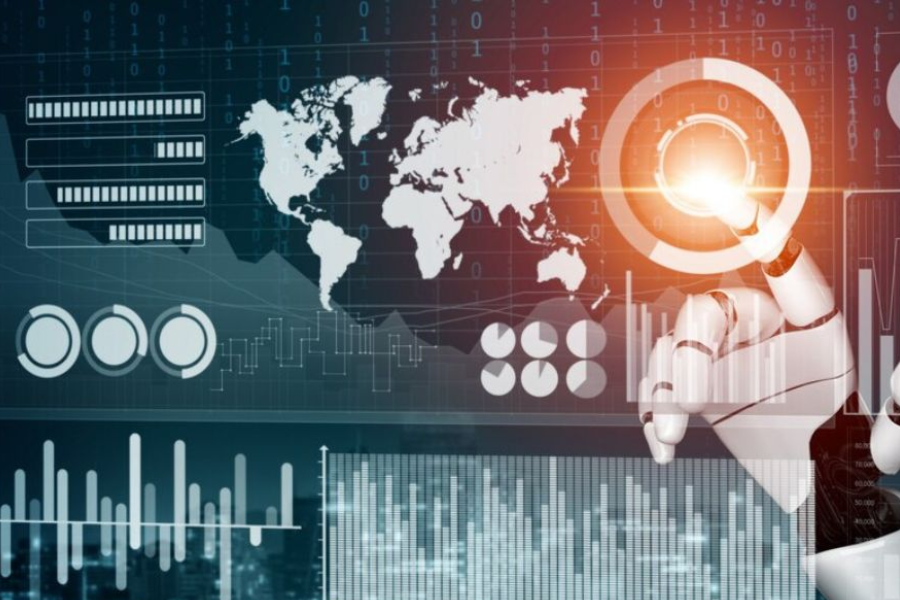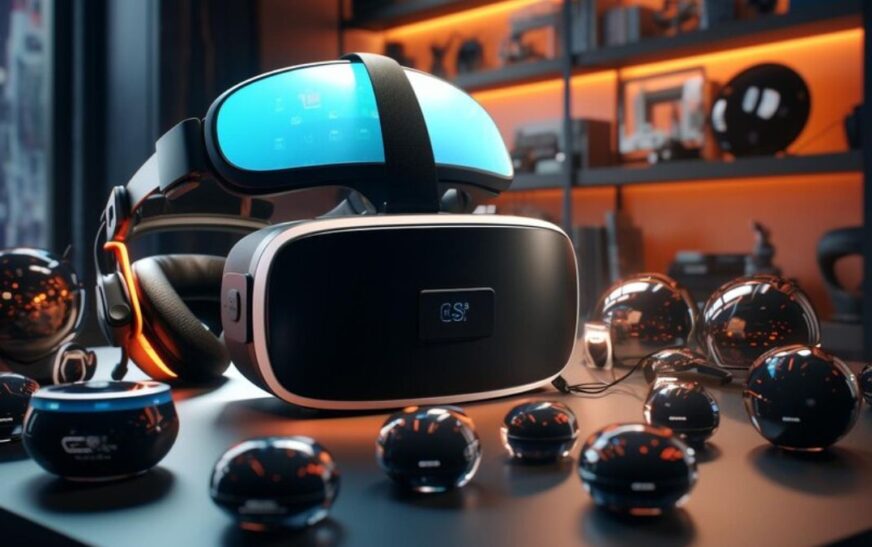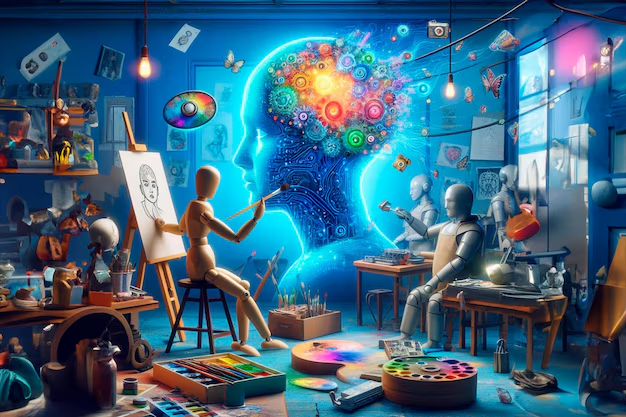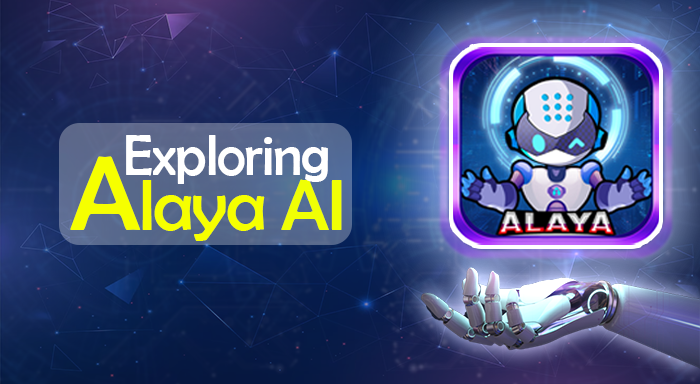As of late, there has been a perceptible expansion in the utilization of man-made reasoning (simulated intelligence) frameworks and mechanical technology, which has prompted obscured lines among people and machines. One of the best things that this activity brings out is the new emerging humanoid robot known as the Humbot – it is the unification of the human input along with the robotic output. Humbots mark a new wave of AI where synergy with a robot is not just co-existing but working together to augment productivity, efficacy, and creativity in ways that were unimaginable before.
What is a Humbot?
The neologism “Humbot” represents a synthesis of the words “human” and “robot,” referring to the integration of human skills and feelings with robotic technological abilities. A Humbot is not only a mechanized robot or an apparatus but also a platform that promotes interaction between human players and AI-based systems. It encapsulates the ideology of humanity-friendly artificial intelligence whose aim is to enhance the abilities of humans rather well than replace them.
Humbots are intended to complement human choices with robotic precision wherever possible. Instead of delegating the microphone with the expectation that the robots will do all the work, Humbots on the other hand are intended to assist human beings whereby most of the menial and mechanical tasks are done by robots while the human beings do the hard thinking and creative tasks.
The Evolution of Human-Robot Collaboration
Humans and robots merge to create humanoid-like creatures which are called ‘humbots’. Humanoid robots are appropriate and useful, but it does not fully and aptly capture the essence of the term ‘Humbot’. A whole norm and bimodal classification have been made in a scenario unlike HRI making such designs mostly limited to traditional forms of robots a piece robotic, and an end=furnacking machine. Such ideologies do not launch very well with practically with werow cellular machine interfacing encompassing dissemination of strategic information to the operating surgeon.
In the case of a Homemaking Robot, it is expected that these tasks will generally be handed over to the Intelligent Family Assistant System of the future. Instead of relegating levering tasks to robots, the vision for Humbots is that they will be complementary to Humans, taking care of mundane and tedious tasks whilst humans remain engaged in interesting problem-solving tasks.
How Humbots Enhance Human Capabilities
Amplifying Human Skills
Wherever one encounters a Humbot, the most critical aspect is the way it amplifies human abilities. Humans are not the ones to be superseded by a Humbot; rather their work is reinforced which easily takes them off the common line of work that is less creative, strategic, and complicated. With regards to the health service, a Humbot can, for example, be a real-time information provider for a surgeon, help him to operate, or, using artificial intelligence analysis, prevent the occurrence of potential negative events. Such help helps the surgeon concentrate on making critical decisions and taking care of the patient while the machine is performing complex activities more efficiently.
Learning From Humans
The ability to learn from human interaction is what sets a Humbot apart from the rest. Unlike conventional robots that simply rely on tasks that are programmed for them in one way or another or on data patterns or algorithms that do not let them adjust to new and unanticipated events, the scopes of their abilities are very limited. Humbots, however, know how to use machine learning and natural language processing (NLP) not only to obey commands but to learn from a human – people around them. When people give guidance, provide knowledge, or demonstrate behaviour, the Humbot alters its processes and strategies, becoming more and more effective in the course of its work. In time, the Humbot can achieve an interdependent relationship with its human operator, expanding its ability under what the user wants.
Emotional Intelligence and Communication
One of the most common criticisms of present-day AI systems is a lack of emotions. The nature of machines limits their ability to comprehend human feelings, thus making them unappealing when it comes to performing delicate or interpersonal actions. Nevertheless, the development of Humbots indicates that there is a possibility of including emotions in AI systems. As affective computing further advances, such capabilities of Humbots include the recognition of human emotions through verbal intonations, as well as body language and even heart rates or stress levels. This feeling enables the Humabots to initiate a relevant follow-up action thereby improving communication as well as unification with people.
Applications of Humbots in Various Industries
Humbots are actively going to be an integral part of many industries across the globe, with many experts predicting advancements in productivity, enhancement of processes, or improvement in creativity. Below discussed are some trends that loi humbots and loi robots are already been used, or are about to be used in a short time.
Healthcare
Robots began to be used in assisting clinicians, patients, and even rehabilitates in the health care sector although lightly. In such cases, all Honcosts are one step further – they assist doctors in the operating room in real time. They operate in an interactive mode to assist in surgeries, ascertain the conditions of patients, coordinate the activities of the hospital, or even talk to the patients for their emotional improvement. For example, a speaking chino tumbler can enhance the abilities of Japanese-wise brown paper surgery by searching for his patients’ complaints with many diseases and offering many possible treatments for the doctor to consider.
Manufacturing
Robots have been used in factories for decades to perform rote tasks, however, Humbots are more versatile and can work with people. A robot will help a human worker in a factory assemble complex products and even use AI in the process. With machine learning, a Humbot can respond to the changing conditions of the production line in a short period by making use of human instructions and current production requirements.
Education
Areas such as education offer an opportunity for HumBots to be more personalized. For instance, the child using the HumBot can not stop at simply acquiring new information but the teaching style is changed depending on the child. Instead, as will be shown, they can make use of performance analytics to create better teaching approaches and to pinpoint where students are likely to struggle most.
Customer Service
Chatbots have been implemented in customer service as a form of artificial intelligence, although they are mostly used in limited fashions. There are such chatbots that can comprehend emotions found in the human voice and respond accordingly, and these are core to the future of customer service. Through nonverbal cues such as tone of voice or word choice, the Humbot may pinpoint a customer’s emotions and respond appropriately with the right solutions.
Creative Industries
Even in the creative industries where human creativity and emotion are very critical, there is still a package to be gained through the application of Humbots. For example, when it comes to film production or graphic design, a humbot redundancy may be employed to relieve the professional of the labor-intensive and non-creative activities to keep the artistic design processes untainted. Also, Humbots can improve basic tasks and refine new technologies by understanding the ways of an artist over time.
The Ethical Considerations of Humbots
As much as the potential of Humbots is good, there are other ethical issues to be addressed. Employment is one of the greatest concerns. Some technology makes people more skilled but there is a danger that certain positions might cease to exist too as machines come to handle duties that man has always performed. Still, the inventors of Humbots feel that these systems are supposed to support the workers rather than compete with them, enabling them to complete their work more efficiently.
Moreover, there are raised questions about the good judgment of the use of Artificial Intelligence systems like the implementation of the management roles to improve success levels. It is extremely important to useಂತ್ರ correctly so that it does not raise ethical issues, especially in high-stakes contexts like medicine or law enforcement where robots are being supervised by human beings around all the time practitioners.
Conclusion
Humbots epitomize the future of human-robot synergy. These are a humanoid interactive robot that integrates the intelligence, imagination, and feelings of a human being with the intelligence and error-free production of an artificially intelligent robot. These will substantially change the workspaces in diverse industries such as healthcare, manufacturing, education, and retail services. However, as with any new technology, it is crucial to build and use humbots in a way that seeks to augment human abilities rather than eliminate them and to ensure that ethical issues are addressed with the machines.
As the world started relying on AI-centric mechanics so do the tendencies for the usage of humbouts which will make it seem that such man-and-machine interaction is so seamless that the organisation can choose and elevate several of its creative and productive spheres. In New Balance looking forward with the roles of humans and machines and not submitting everyone to machines. Stress lies in the fact that, in the interference, improvisations within which New Balance designs through biomass are still somewhat insensible at this stage.

